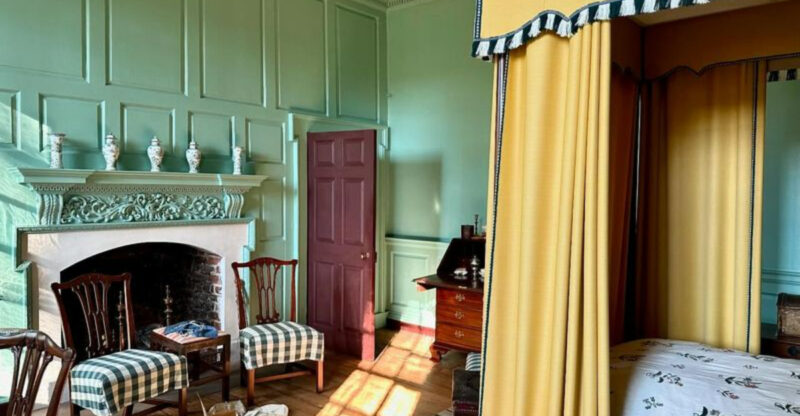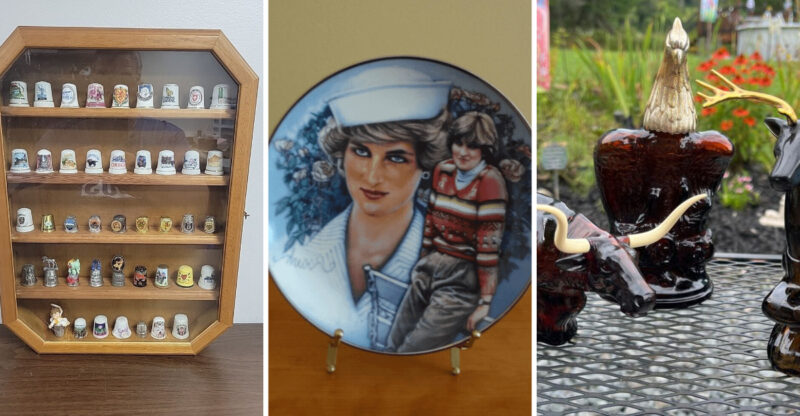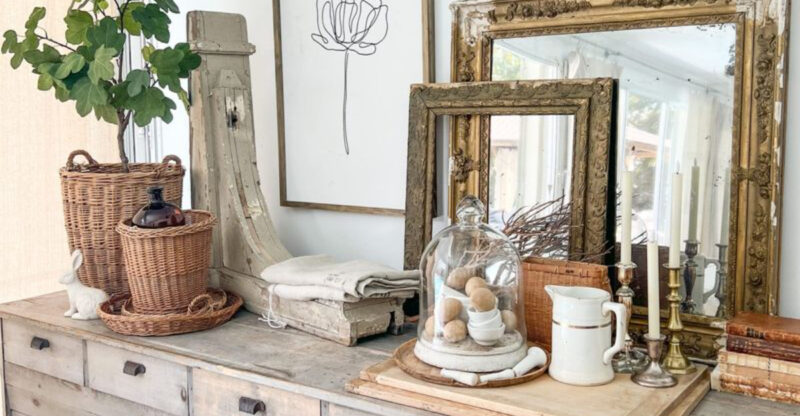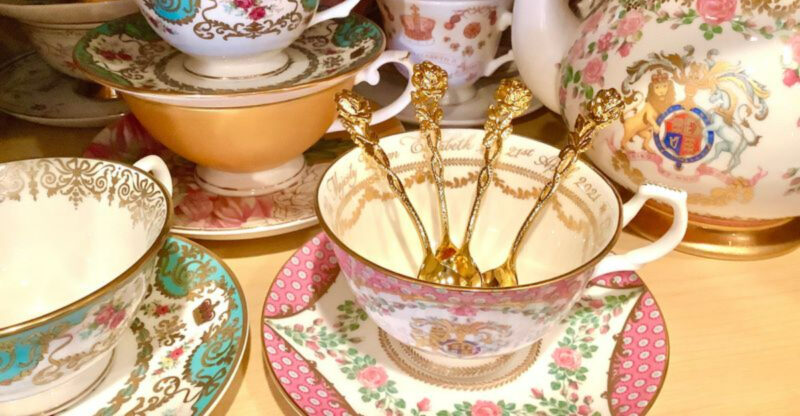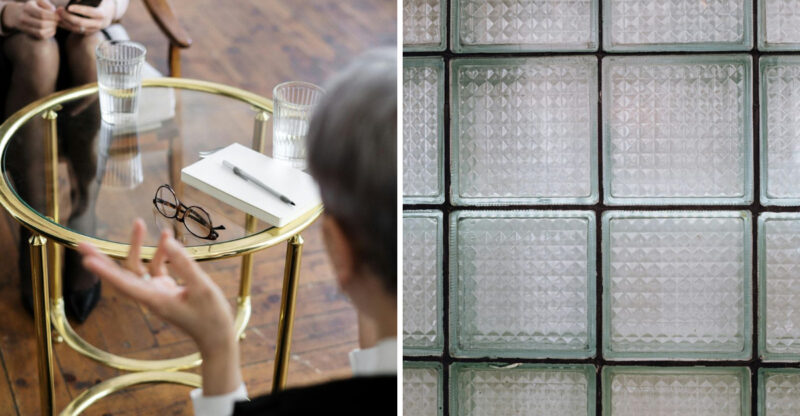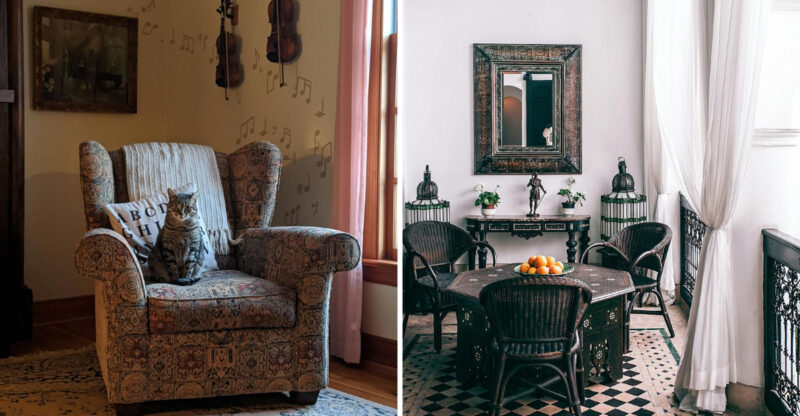You Won’t Believe The 18 Vintage Items Designers Love To Snag
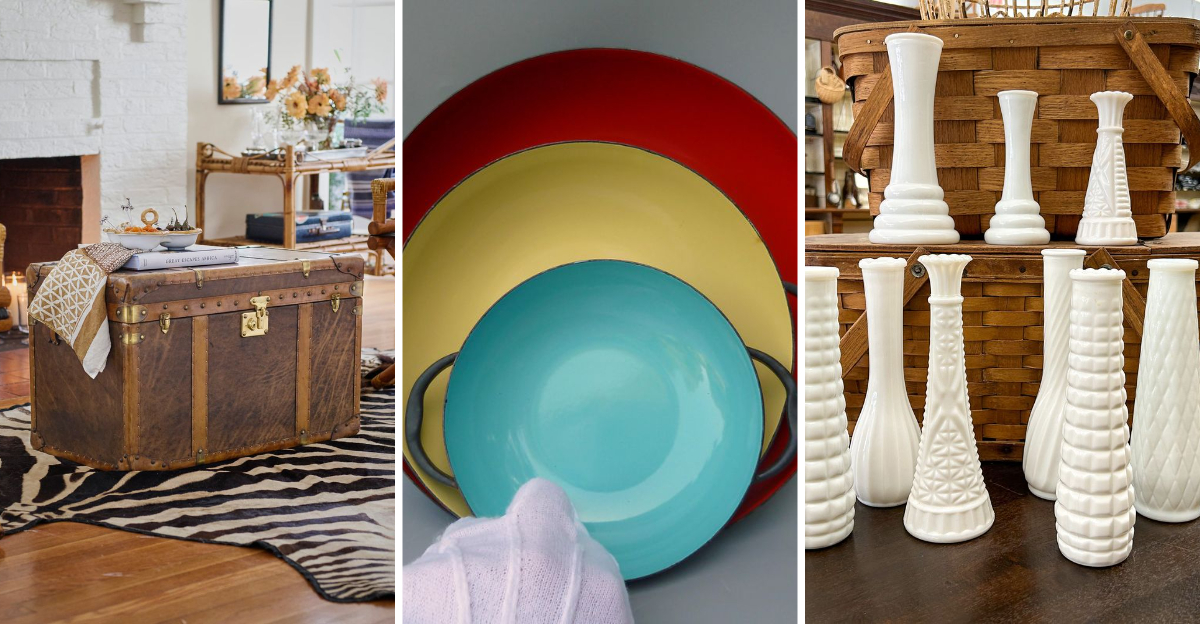
Ever wondered what treasures interior designers hunt for when they’re scouring flea markets and estate sales?
Professional decorators have a knack for spotting unique vintage pieces that transform ordinary spaces into stunning, character-filled homes.
These pre-loved items bring history, craftsmanship, and that impossible-to-fake patina that new items simply can’t match. Let’s explore the most coveted vintage finds that designers can’t resist grabbing when they spot them in the wild!
1. Brass Candlesticks
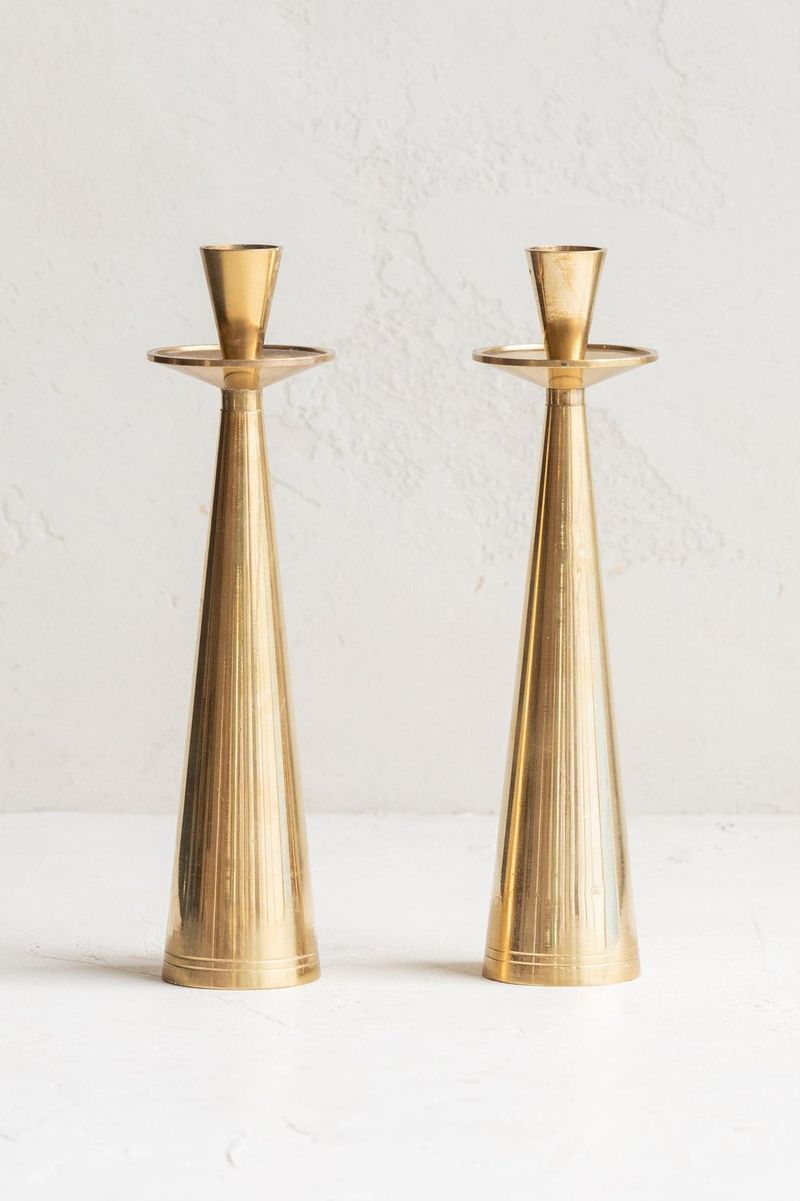
Gleaming brass candlesticks add instant warmth and sophistication to any space. When designers spot these golden treasures, they rarely leave them behind! The substantial weight and beautiful patina of vintage brass creates a focal point that draws the eye and adds dimension to mantels, dining tables, and bookshelves.
Most sought-after are pairs from the 1950s-70s with sculptural or geometric shapes. Their versatility makes them perfect for mixing with modern decor or enhancing traditional settings.
I love how brass develops a unique patina over time that can’t be replicated in new pieces. With a simple polish or left naturally aged, these timeless objects bring that perfect touch of glamour and history to contemporary homes.
2. Mid-Century Lamps
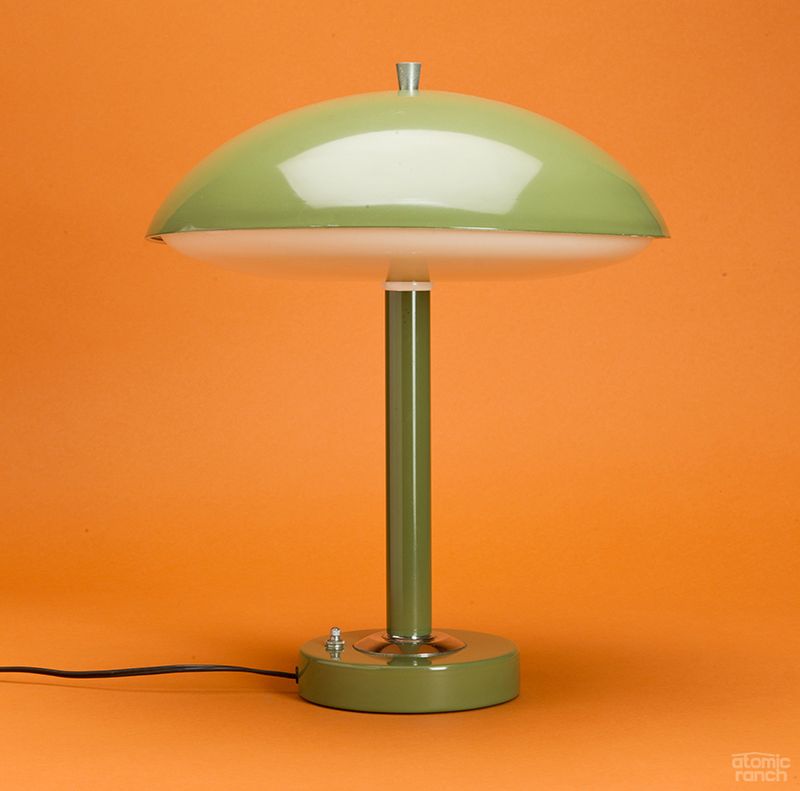
Nothing makes designers’ hearts beat faster than spotting an authentic mid-century lamp at a thrift store. The distinctive silhouettes with their tapered legs, sculptural bases, and dramatic shades—instantly elevate any room’s style quotient.
Danish and Italian designs from the 1950s-60s command the highest prices, but affordable treasures still lurk in unexpected places. Walnut bases, fiberglass shades, and brass accents characterize the most desirable pieces.
When I find one with its original shade intact, it feels like winning the lottery! These lighting pieces aren’t just functional they’re legitimate works of art that anchor a room’s design scheme while providing that warm, ambient glow that makes spaces feel instantly more inviting and sophisticated.
3. Persian Rugs
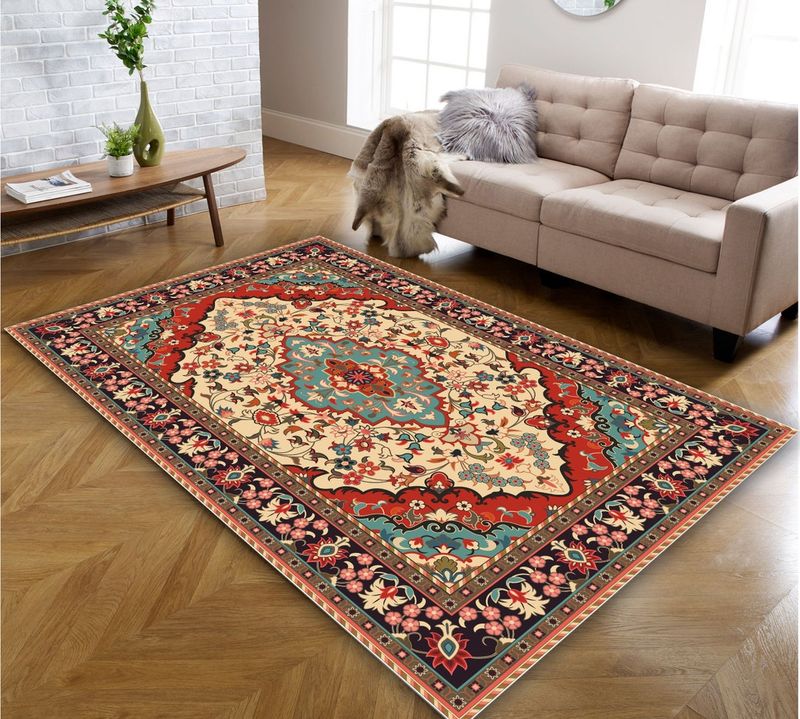
Faded Persian rugs rank among designers’ most treasured finds! These hand-knotted masterpieces bring instant soul to spaces that might otherwise feel too new or sterile. The rich patterns and subtle color variations create depth that machine-made rugs simply can’t replicate.
Designers particularly value those with natural wear patterns slightly faded colors and gentle patina tell stories of generations past. Even in ultra-modern spaces, these textiles add warmth and historical context. My favorite approach is layering them over sisal or jute for a collected-over-time look.
The craftsmanship in vintage Persian rugs represents thousands of hours of meticulous work, with some containing over two million hand-tied knots! Their durability means they’ll continue serving beautifully for generations to come.
4. Vintage Mirrors
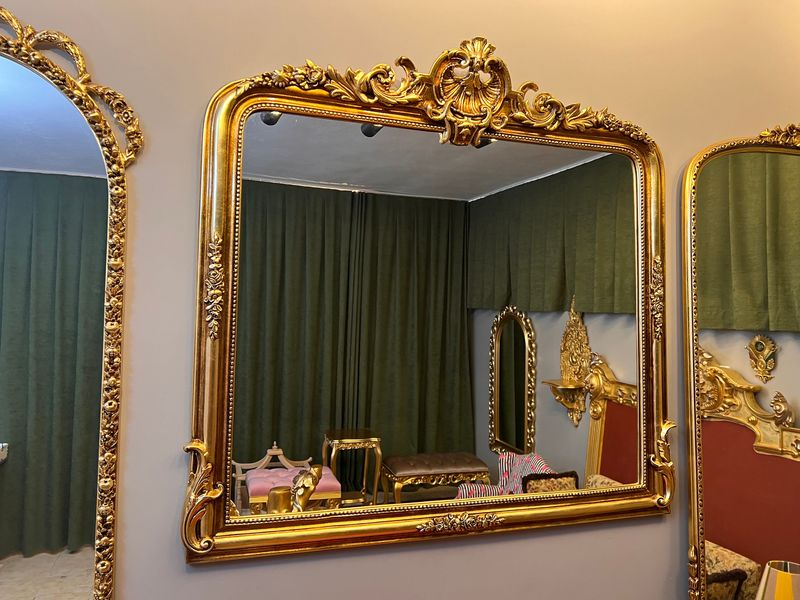
Gold-framed vintage mirrors create magic in interiors like few other elements can. Their ability to bounce light while adding historical character makes them perpetual favorites among design professionals seeking statement pieces.
French gilt mirrors from the 19th century command premium prices, but affordable treasures like mid-century sunburst designs or Art Deco bathroom mirrors can be uncovered at estate sales. The slightly cloudy, speckled appearance of authentic aged mirror glass gives depth that new reproductions lack. Where do these beauties work best?
Practically anywhere! I’ve placed ornate versions above sleek modern consoles for dramatic contrast, leaned minimalist rectangular ones against walls for casual elegance, and grouped collections of small mirrors to create gallery-style installations that transform ordinary walls into conversation pieces.
5. Art Deco Barware
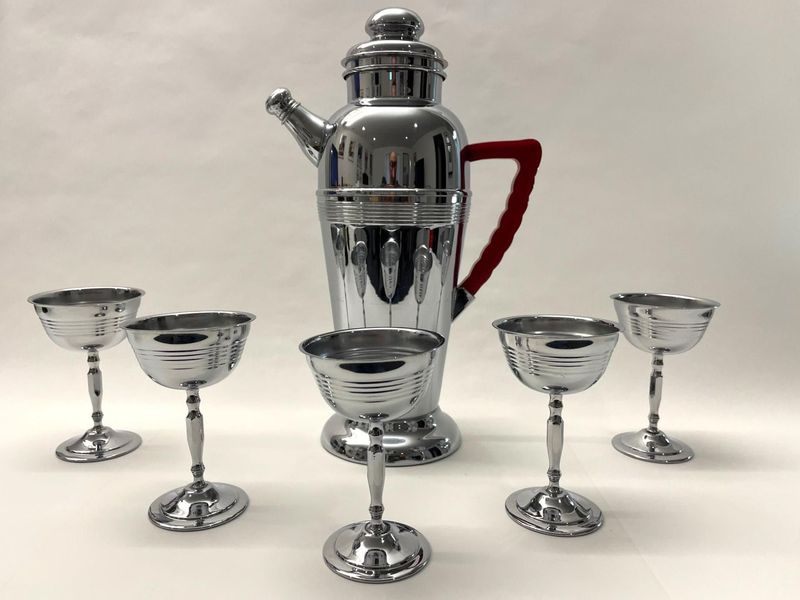
Cocktail culture has revived interest in Art Deco barware, making these treasures hot commodities when designers spot them. Chrome shakers, etched glass decanters, and geometric serving trays from the 1920s-30s bring instant sophistication to home bars and dining spaces.
The sleek lines and luxurious materials reflect the optimism and glamour of the era. Silver-plated ice buckets with Bakelite handles particularly excite collectors, while colored glass sets in cobalt or amber add vibrant personality. How can you incorporate these gems?
Display them prominently rather than hiding them away! I arrange mine on mirrored trays or open shelving where they catch light and spark conversations. Even non-drinkers appreciate these functional sculptures that transport us to the elegant parties of the Gatsby era.
6. Antique Dressers
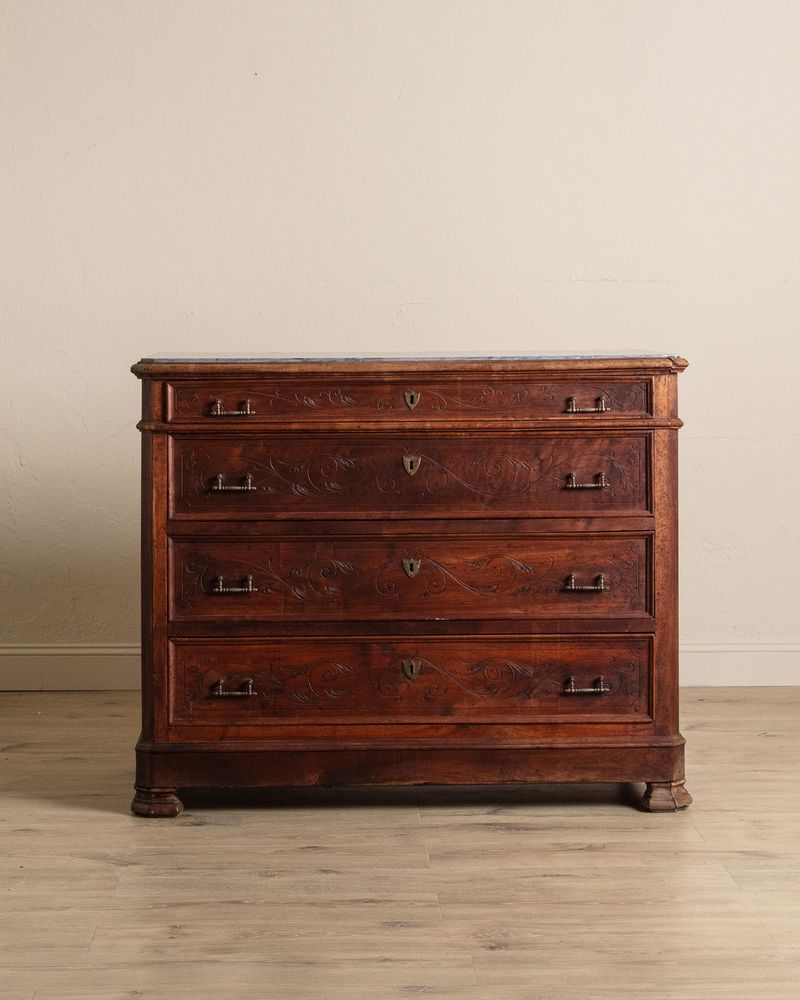
Solid wood dressers with dovetail joints make designers stop in their tracks! These workhorses of the bedroom offer authentic character while providing essential storage a perfect combination of form and function that’s increasingly rare in today’s furniture landscape.
Victorian mahogany pieces with marble tops command attention, but mid-century walnut dressers with brass pulls offer sleeker alternatives for modern spaces. The deep, rich patina developed over decades can’t be faked with stains or artificial aging techniques.
Did you know these versatile pieces work brilliantly beyond bedrooms? I’ve repurposed them as bathroom vanities, dining room sideboards, and even kitchen islands with custom tops! Their solid construction means they’ll outlast anything from big box stores, making them both environmentally and economically smart investments.
7. Retro Clocks
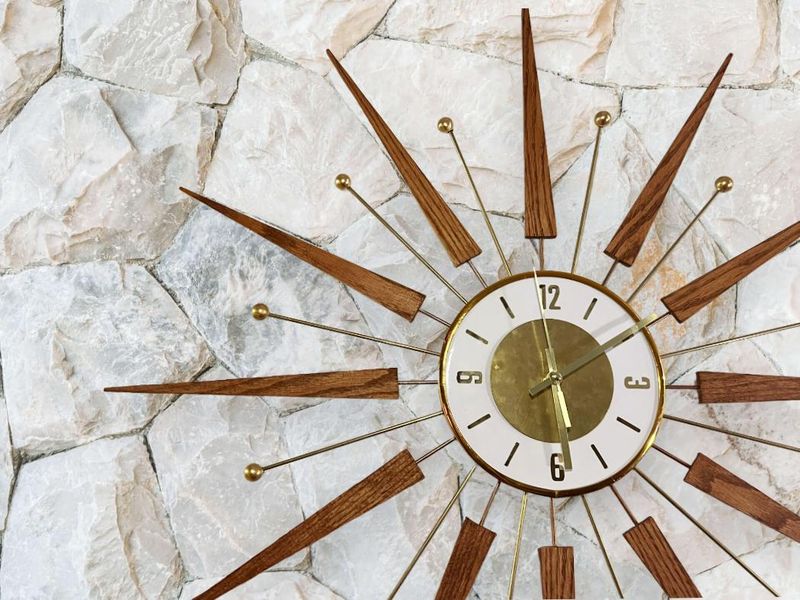
Starburst clocks from the atomic age create instant focal points that designers covet for statement walls. Their distinctive spiky silhouettes in brass, wood, or plastic embody mid-century optimism while functioning as both timepiece and sculpture.
Beyond the popular sunburst style, designers also hunt for flip clocks with their satisfying mechanical displays, schoolhouse clocks with their institutional charm, and art deco mantel clocks in chrome and glass. The gentle ticking sound adds a comforting, nostalgic element that digital alternatives lack. Are these vintage timepieces reliable?
With simple maintenance, absolutely! I’ve collected several working examples that keep perfect time decades after their manufacture. Their analog faces provide a welcome respite from the digital displays that dominate our modern lives, creating visual breathing room while connecting spaces to design history.
8. Rattan Furniture
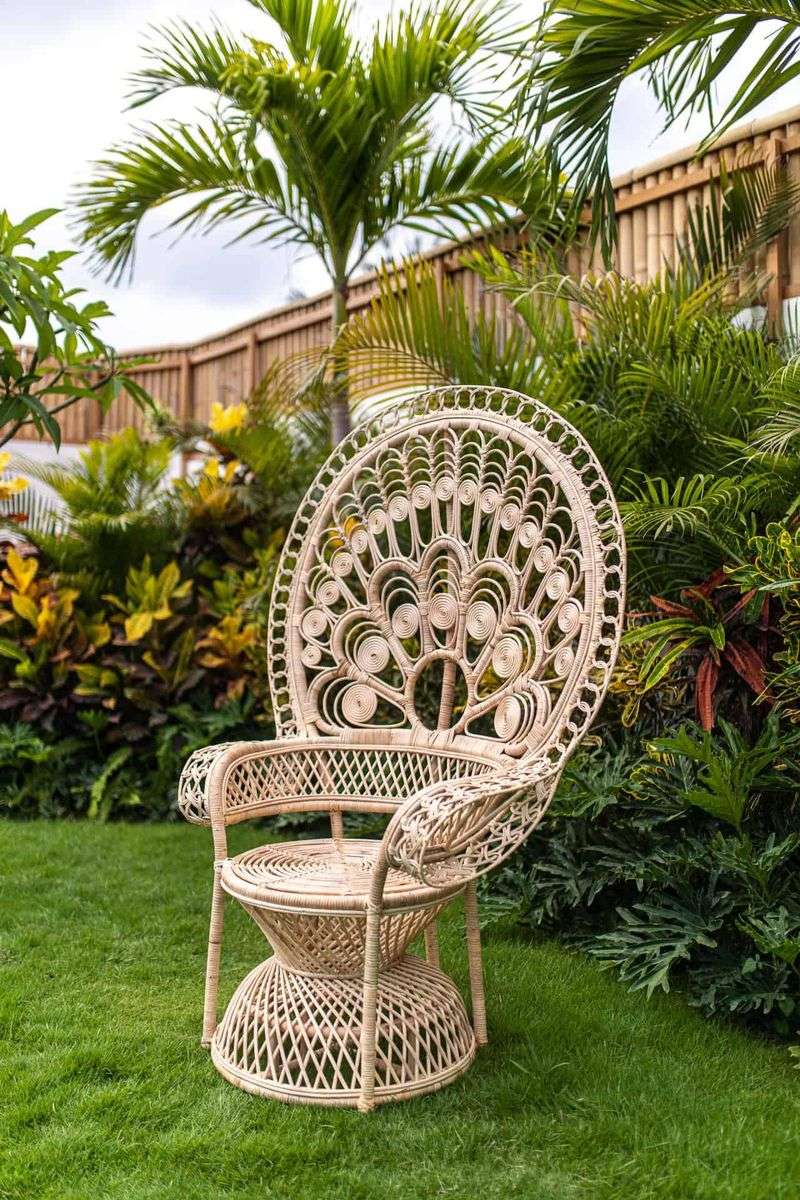
Vintage rattan pieces add textural interest that designers constantly seek to balance modern interiors. The natural material brings organic warmth while the woven patterns create visual complexity that flat surfaces lack.
Peacock chairs from the 1970s make dramatic statements, while more streamlined pieces like Franco Albini ottomans or Paul Frankl pretzel armchairs appeal to minimalist sensibilities. The honey-colored patina of aged rattan develops a depth and richness over decades that new pieces haven’t yet earned. What makes these pieces so versatile?
Their neutral coloring and natural material complement virtually any design style. I’ve incorporated rattan headboards into traditional bedrooms, placed vintage bar carts in industrial lofts, and used curved loungers in contemporary spaces. The material’s association with tropical destinations also adds a subtle vacation vibe to everyday environments.
9. Victorian Frames
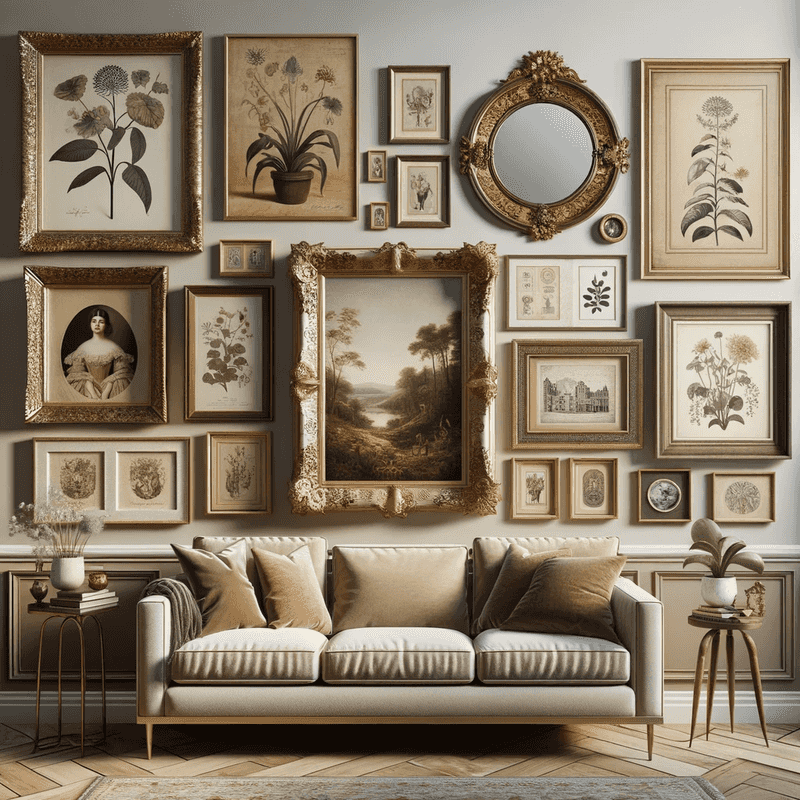
Ornate Victorian frames transform ordinary artwork into extraordinary focal points. Designers regularly scout these gilded treasures to elevate contemporary prints or photographs with their elaborate carved details and substantial presence.
The contrast between modern art and antique framing creates visual tension that energizes walls. Gold versions bring warmth and luxury, while darker wood frames add gravitas and historical weight to compositions. Have you tried grouping them for maximum impact? I love creating gallery walls mixing empty frames with filled ones for dimensional interest.
Even without artwork, these architectural elements stand alone as wall sculptures. Their craftsmanship showcases lost arts like hand-carving and water gilding techniques rarely employed in today’s mass-produced world. Finding these beauties with their original glass and backing boards feels like discovering buried treasure!
10. Old Leather Books
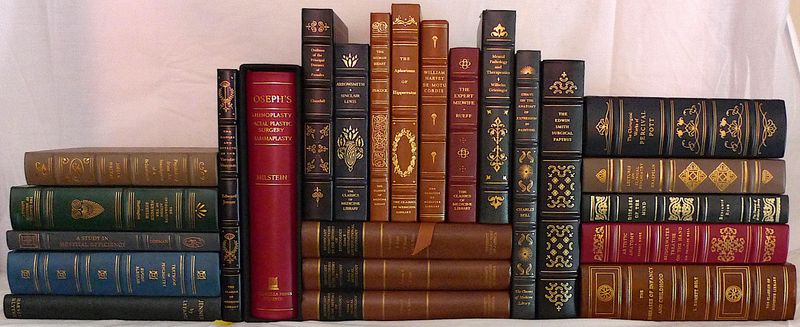
Leather-bound books with gilt lettering create instant gravitas in any space. Designers scoop these literary treasures not just for their contents but for their unmatched ability to add texture, color, and historical depth to shelves and tabletops.
Collections bound in similar colors create cohesive visual statements, while mixed sets offer more eclectic charm. The worn edges, slightly faded spines, and subtle variations in height bring organic rhythm to displays that new books simply can’t replicate. Beyond decorative value, these volumes often contain beautiful illustrations and typography rarely seen in modern publishing.
I frequently arrange them in stacks under lamps or objects to create height variation, or line them spine-out on shelves for that enviable library effect. Their subtle leather scent adds another sensory dimension that enhances the experience of a room.
11. Porcelain Figurines
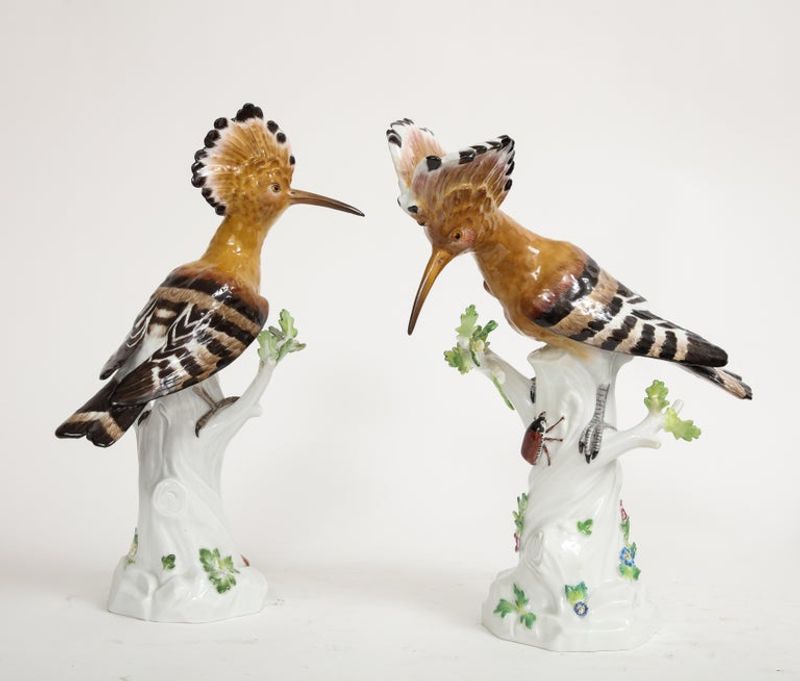
Delicate porcelain figurines have made a surprising comeback in contemporary design. Once considered stuffy or old-fashioned, these small sculptures now add whimsical personality and historical references that designers use to create visual surprises throughout interiors.
German and French examples from established manufacturers like Meissen or Sèvres command high prices, but charming pieces can be found affordably at estate sales and flea markets. Animals, classical figures, and pastoral scenes in white or pastel palettes blend particularly well with modern decor. The key to incorporating these treasures?
Unexpected placement and thoughtful grouping! I love clustering similar figures under glass cloches, placing single specimens on stacks of books, or arranging collections by color rather than theme. Their delicate craftsmanship provides a counterpoint to the sleek technology that dominates contemporary homes.
12. Crystal Chandeliers
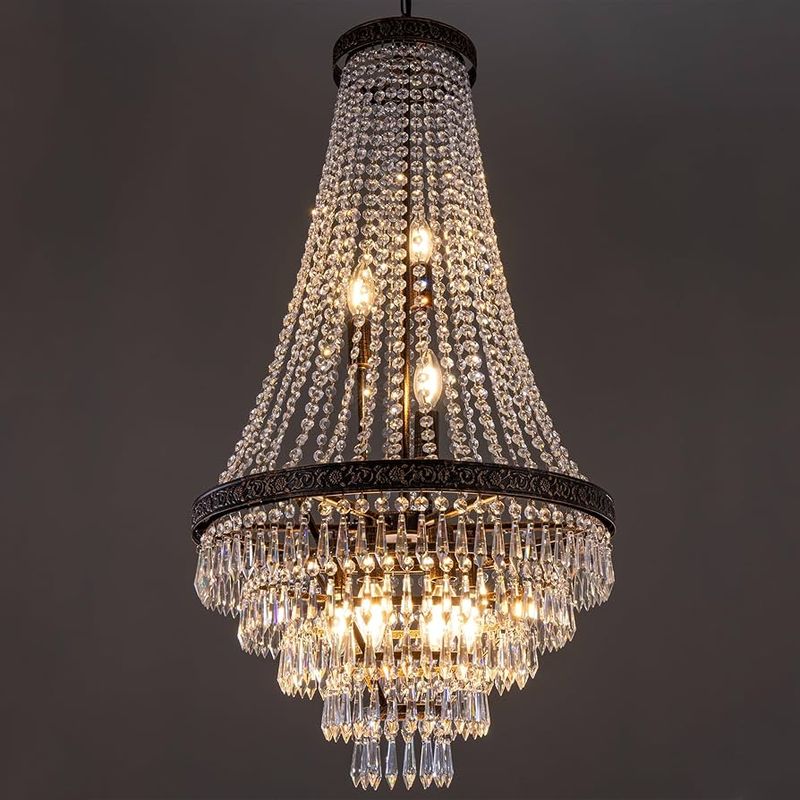
Sparkling crystal chandeliers from the early-to-mid 20th century create magical light effects that designers chase for dramatic dining rooms and entryways. When these lighting sculptures appear at estate sales, they rarely remain available for long!
French Empire styles with brass frames and Italian Murano glass versions with colorful elements particularly excite collectors. The way these pieces scatter light across walls and ceilings creates ambiance that no modern fixture can duplicate. Contrary to conventional thinking, these formal fixtures work brilliantly in unexpected locations.
I’ve installed them in contemporary bathrooms for glamorous contrast, hung smaller versions in walk-in closets for luxurious dressing areas, and even placed them in minimalist kitchens where they create spectacular juxtaposition against sleek cabinetry. Their prismatic rainbow effects transform ordinary spaces into extraordinary experiences.
13. Wicker Baskets
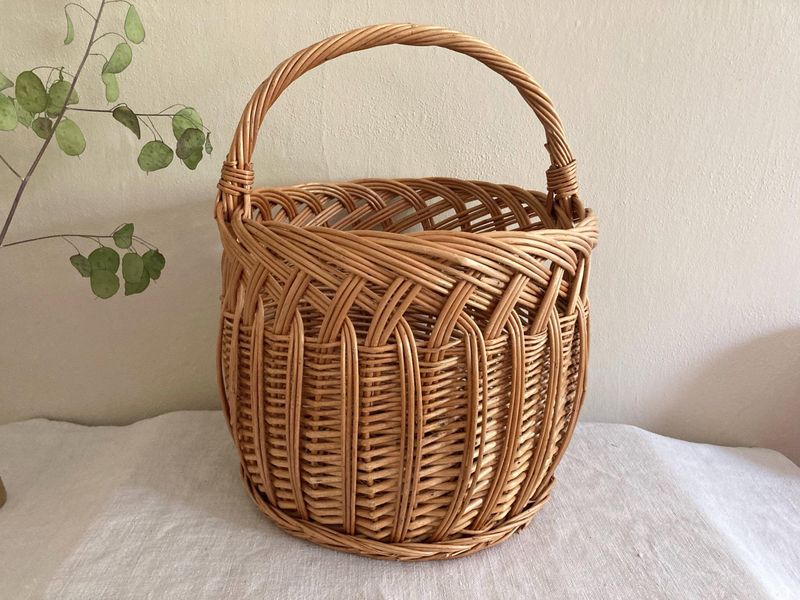
Hand-woven vintage baskets solve storage challenges while adding organic texture that designers constantly seek. The natural variations in color and weaving patterns bring visual interest that machine-made alternatives simply can’t match.
European market baskets with leather handles serve as magazine holders, while deep harvest baskets corral toys or blankets beautifully. Hungarian versions with tight weaves and distinctive patterns command premium prices from collectors seeking authentic craftsmanship. Why do these humble objects make such design impact? Their natural materials connect interiors to agricultural traditions and handcraft heritage.
I stack graduated sizes for visual interest, hang collections on walls as three-dimensional art, or use them as planters with plastic liners. The subtle variations in color—from honey gold to deep amber—develop naturally as they age, creating that coveted patina that signals authentic vintage character.
14. Vintage Trunks
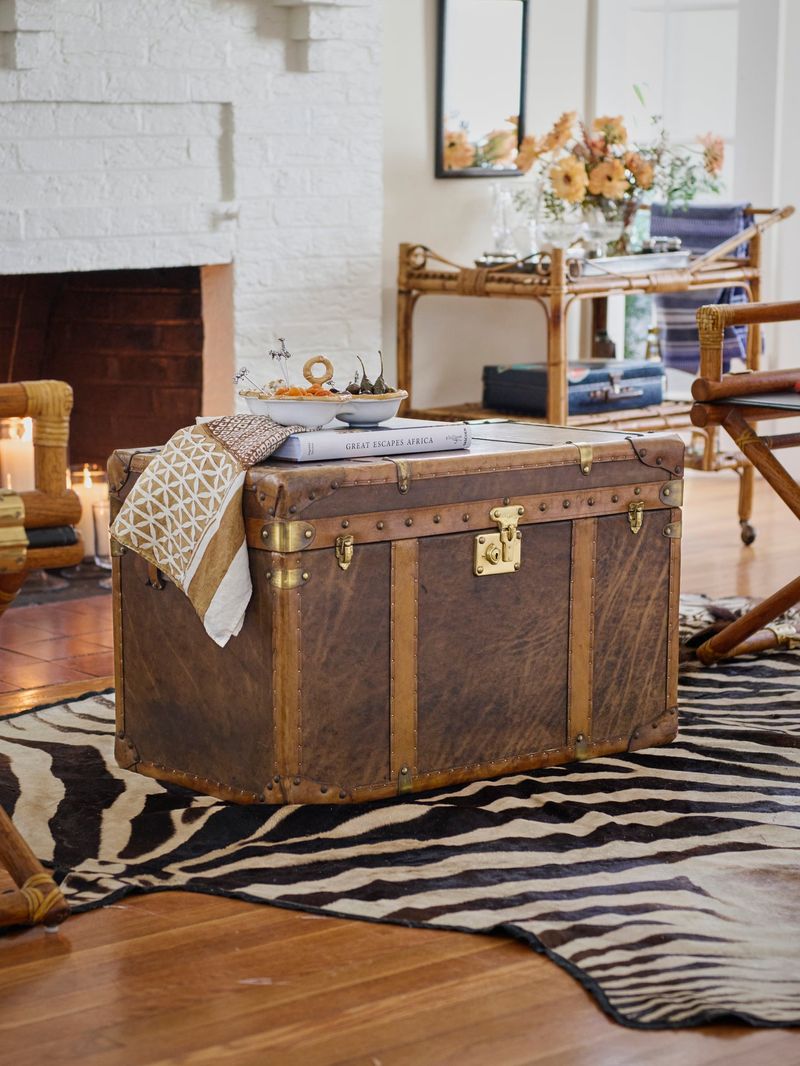
Travel trunks from the early 20th century serve as conversation-starting coffee tables while providing hidden storage. Designers regularly compete for these substantial pieces at auctions and estate sales, knowing their versatility and character are unmatched in new furniture.
Louis Vuitton and Goyard examples with their distinctive patterns represent the high end of the market, but more affordable steamer trunks with wooden slats or canvas coverings offer similar charm. The brass hardware, leather straps, and interior compartments tell stories of transatlantic voyages and grand hotel stays. Have you considered their versatility?
I use them as bedside tables in guest rooms, entry benches with hidden shoe storage, and even as bar cabinets when fitted with interior shelving. Their substantial presence anchors seating arrangements while their worn exteriors bring instant history to even the newest spaces.
15. Enamel Kitchenware
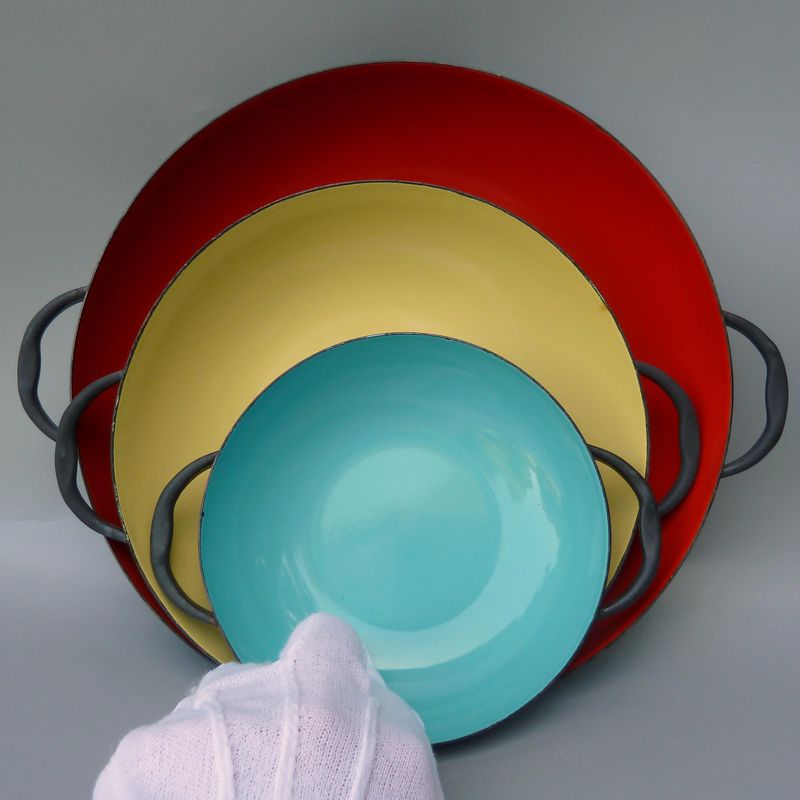
Colorful enamelware from the 1940s-60s brings cheerful personality to modern kitchens. Designers eagerly collect these functional pieces not just for cooking but for display as three-dimensional color blocks against neutral backgrounds.
French pieces in cobalt blue or cherry red command premium prices, while Scandinavian designs in turquoise or yellow add mid-century charm. The slight chips and wear that develop over decades only enhance their authenticity and visual appeal. Beyond cooking, these versatile items shine in unexpected applications.
I use enamel coffee pots as flower vases, mount colorful pans on walls as kitchen art, and repurpose lidded pots as container gardens for herbs. Their durability means they remain functional despite their age—many still perform perfectly on modern cooktops! The smooth, glossy finish provides visual contrast to matte surfaces in contemporary kitchens.
16. Carved Wooden Boxes
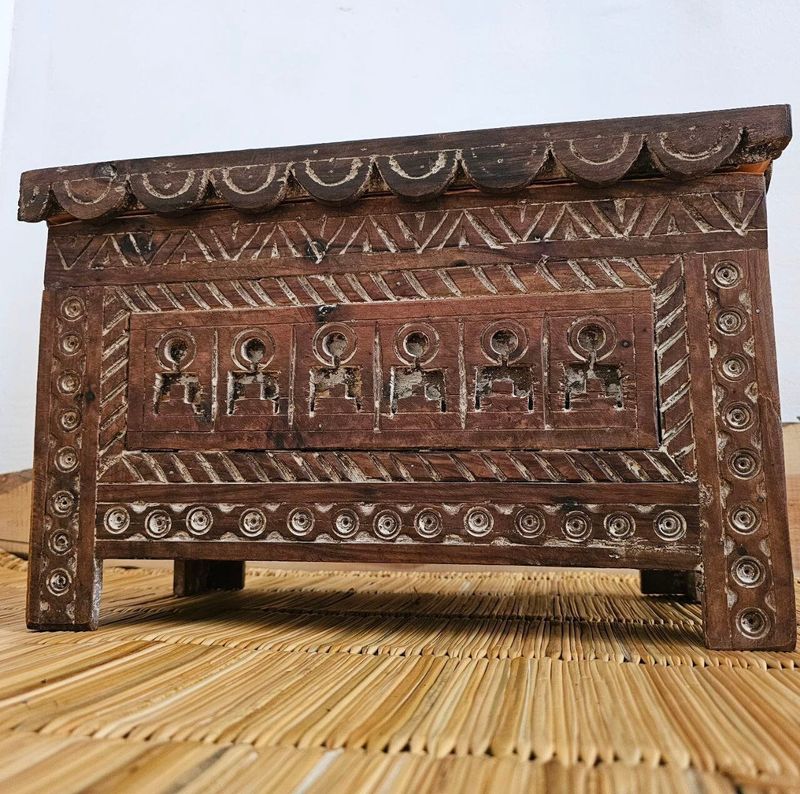
Intricately carved wooden boxes add textural richness that designers incorporate to break up flat surfaces. These small sculptural elements bring handcrafted character to coffee tables, bookshelves, and bedside arrangements. Indian and Moroccan examples with geometric patterns create global connections, while
European jewelry boxes with floral motifs add romantic touches. The variations in wood tones—from deep mahogany to honey oak provide natural color that complements virtually any palette. What makes these pieces so valuable in design schemes?
Their dual nature as both decorative objects and functional storage. I use them to corral remote controls, hide small valuables, or simply serve as sculptural elements in vignettes. The smooth, well-worn feel of vintage wood provides tactile pleasure missing from contemporary accessories, while their hand-carved details showcase craftsmanship rarely found in mass-produced items today.
17. Ornate Picture Frames
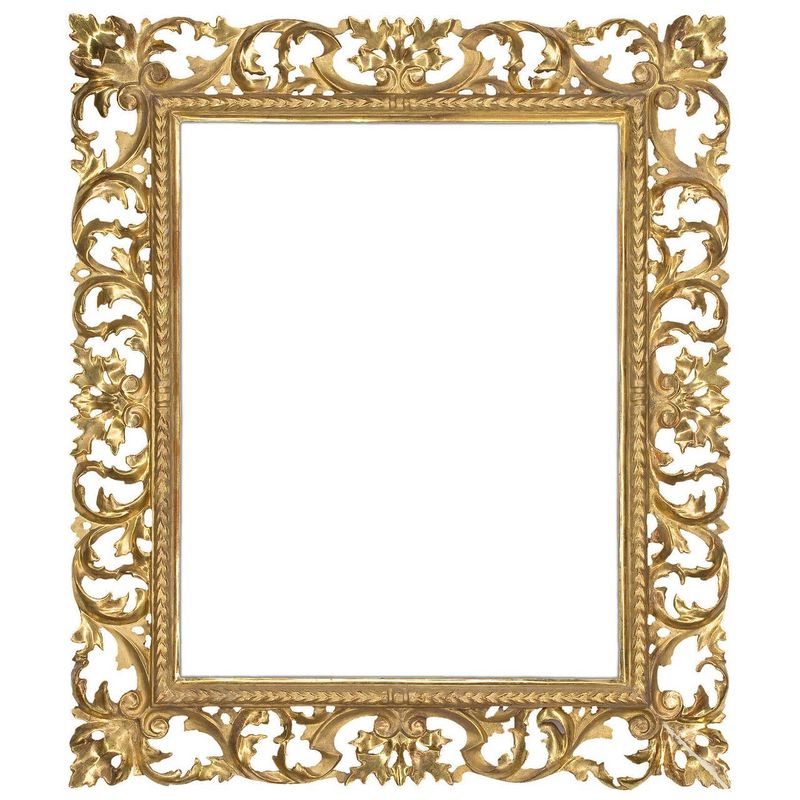
Gilded picture frames with elaborate details elevate even simple photographs to gallery status. Designers regularly hunt these ornamental borders to create focal points and add architectural interest to plain walls. Italian Florentine frames with gold leaf finish create dramatic impact, while simpler Victorian versions with subtle carving offer understated elegance.
The slight imperfections tiny chips in the gesso or worn spots in the gilding only enhance their authentic character. How can you use these treasures beyond the obvious?
Try hanging empty frames as standalone wall sculptures, grouping them around mirrors to create expanded reflective compositions, or using them to frame unexpected items like vintage textiles or pressed botanicals. I particularly love creating asymmetrical arrangements mixing ornate gold frames with simpler wooden ones for dynamic visual tension.
18. Milk Glass Vases
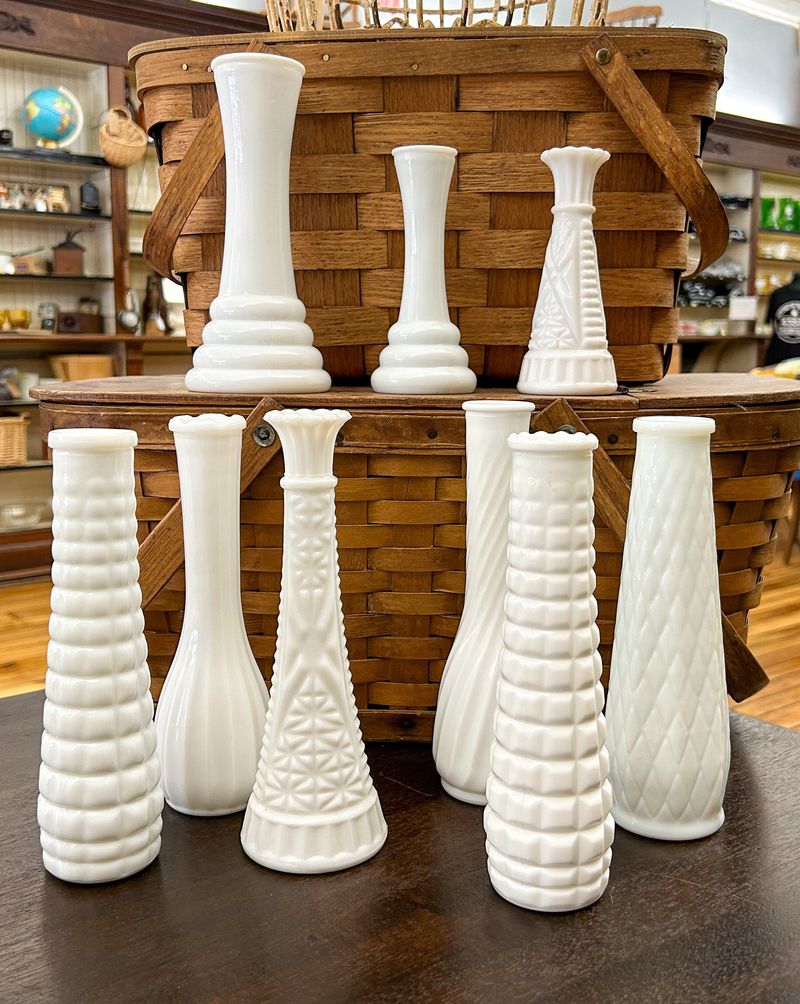
Milky white glass vessels from the mid-20th century create striking displays that designers use to brighten dark corners. Their opaque finish provides visual weight while their typically affordable price points make them accessible entry points into vintage collecting.
Hobnail patterns with raised dots offer textural interest, while smoother designs in sculptural shapes provide more modernist appeal. Collecting various heights and silhouettes allows for dramatic groupings that maximize visual impact. The versatility of these pieces extends beyond floral arrangements!
I use them as bathroom containers for cotton balls and swabs, as desk organizers for pens and scissors, and even as impromptu serving pieces for candies or nuts at parties. Their milky color complements every palette while providing bright contrast against wood tones or darker backgrounds. Grouping them en masse creates gallery-like installations that transform ordinary shelves into curated displays.

